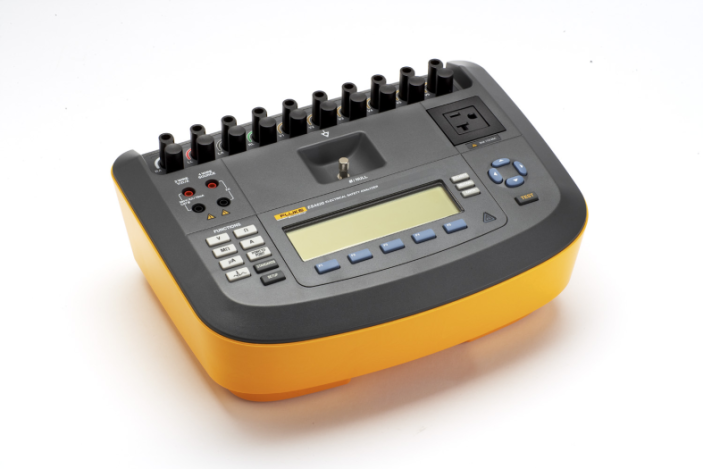Electrical safety analyzers are devices designed to test the safety of electrical systems and components. They are used to detect and identify potential risks and hazards in electrical systems, such as electrical shock, ground faults, and electrical shorts.
Electrical safety analyzers can also measure the electrical current and voltage of a system and determine if it meets safety standards. If you want to purchase an electrical safety analyzer then you can contact Pronk Technologies Inc.

Image Source: Google
An electrical safety analyzer typically consists of a test instrument, probes, and a set of safety standards. The test instrument measures the electrical current, voltage, resistance, and other electrical parameters of a system.
The probes are used to pinpoint potential problems in the system. The safety standards are used to determine if the system meets safety requirements. Electrical safety analyzers are used to evaluate the safety of electrical systems in a variety of industries, such as manufacturing, automotive, and aerospace.
They are also used in the home, where they can identify potential electrical hazards and help reduce the risk of electrical shock or other injuries. In addition to testing the safety of electrical systems, electrical safety analyzers can also be used to detect electrical shorts and ground faults.
Shorts occur when an electrical current is diverted from its intended path, resulting in an overload. Ground faults occur when an electrical current is diverted to the ground, resulting in a fire or shock hazard.
By identifying and correcting these problems, electrical safety analyzers can help reduce the risk of electrical fires and other accidents. Overall, electrical safety analyzers are essential tools for identifying and correcting potential safety hazards in electrical systems.
